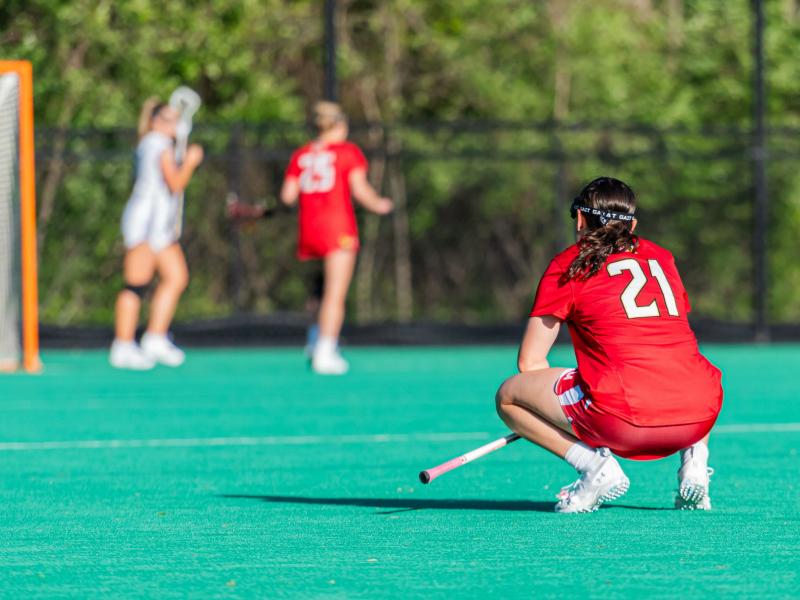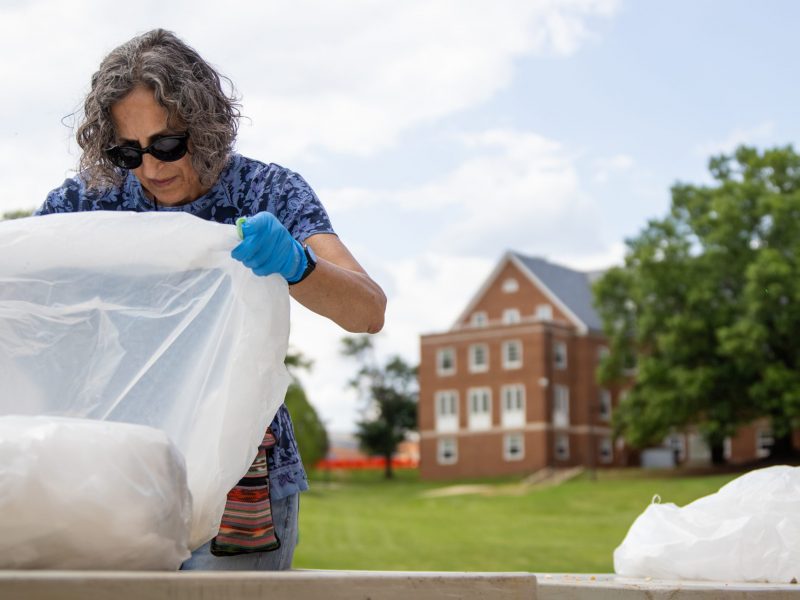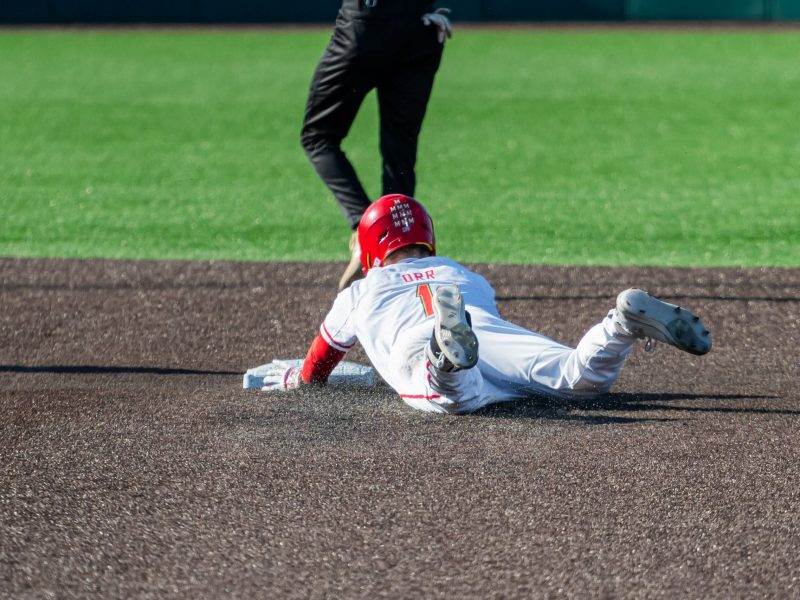The University of Maryland Libraries is working with a $290,000 grant from the National Digital Newspaper Program to continue its prior success with digitizing historic newspapers.
As part of a national program led by the Library of Congress, university libraries digitized 107,414 pages from 2012 to 2014 and added them to the Chronicling America database, a free-to-use online database of American newspapers from 1836 to 1922, said Elizabeth Caringola, Historic Maryland Newspapers librarian. The database itself recently announced it has archived a total of 10 million newspaper pages nationwide.
“Newspapers as a primary source can really be utilized for a number of reasons, whether it’s genealogy, learning about the history of your town or just looking at how the design of newspapers changed over time,” she said.
The National Digital Newspaper Program granted this university $325,000 for two years in 2012 and then $290,000 to fund the initiative from 2014 to 2016.
This university beat its 2012 to 2014 goal of 100,000 pages, and by 2016, they plan to match that goal, as well as receive another grant to support 2016 to 2018.
If they receive a third grant, more of their work could focus on immigrant papers, Caringola said.
Between 2012 and 2014, the state provided pages from 11 newspapers and also included immigrant papers in languages other than English, she said. The collection’s papers cover the Civil War — from the Battle of Antietam to the Emancipation Proclamation — and beyond.
READ MORE: UMD performing arts library exhibit displays punk history of D.C. zines
To archive newspapers through the program, this university sends microfilms from the state archives containing copies of the newspaper pages to Creekside Digital, an outside source,, which puts the pages on the computer, Caringola said. Then, library officials at the university go through the scans and allow them to become searchable by using an optical character recognition program.
The National Digital Newspaper Program began in 2005 in the Library of Congress, said Deborah Thomas, the digital library coordinator for the Library of Congress.
“The U.S.’s newspaper collections are very much a distributed collection, meaning the materials are mostly held in state libraries and archives,” she said. “So one way to bring them together is through digitization and aggregating the material for online access.”
The digitization of the newspapers is just one project in the state’s push to digitize state resources, said Robin Pike, a digital conversion and media reformatting manager at this university. While the university library system worked on discrete, privately funded digital archives in the early 2000s, it began to focus on larger-scale works, such as collections ranging from Civil War documents to Jim Henson works, around 2005, she said.
“Sometimes a digital copy may be the only way students would be able to access the material,” Pike said.
READ MORE: With closing of last UMD darkroom, resources go to digital photo program
Since then, McKeldin began working to digitize a large part of university-owned materials, parts of the Special Collection Libraries and resources in the Engineering and Physical Sciences Library and Art Library. Later this year, McKeldin will work to put 30 years of music school recordings from The Clarice online, she said.
While digitization is proven to be a successful way to meet modern needs, there is still a lot of work that goes behind categorizing and preparing digital works. It takes about three hours to prepare an hour of recorded material for audio or video, and funding can also be a challenge without grants or private support, Pike said.


